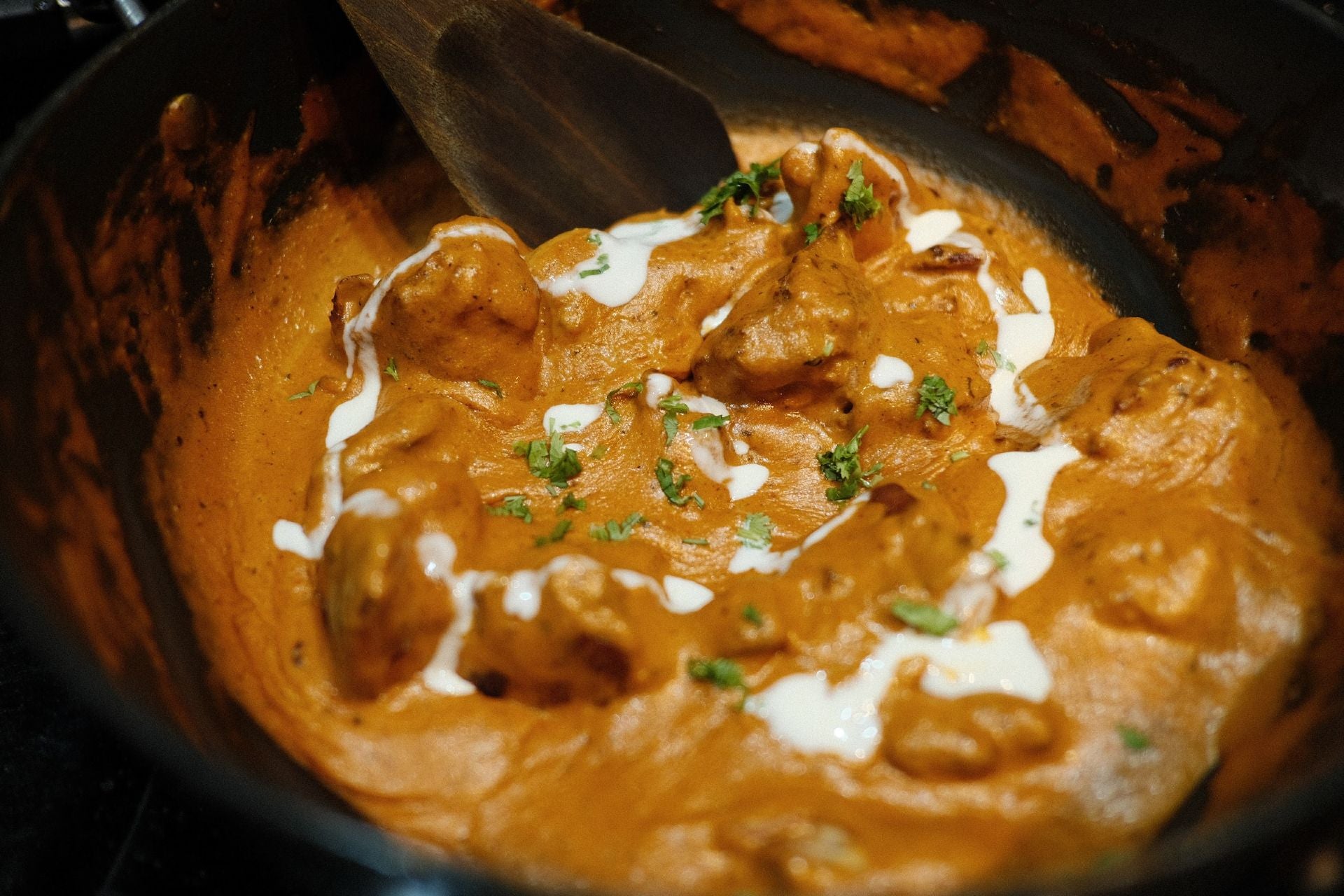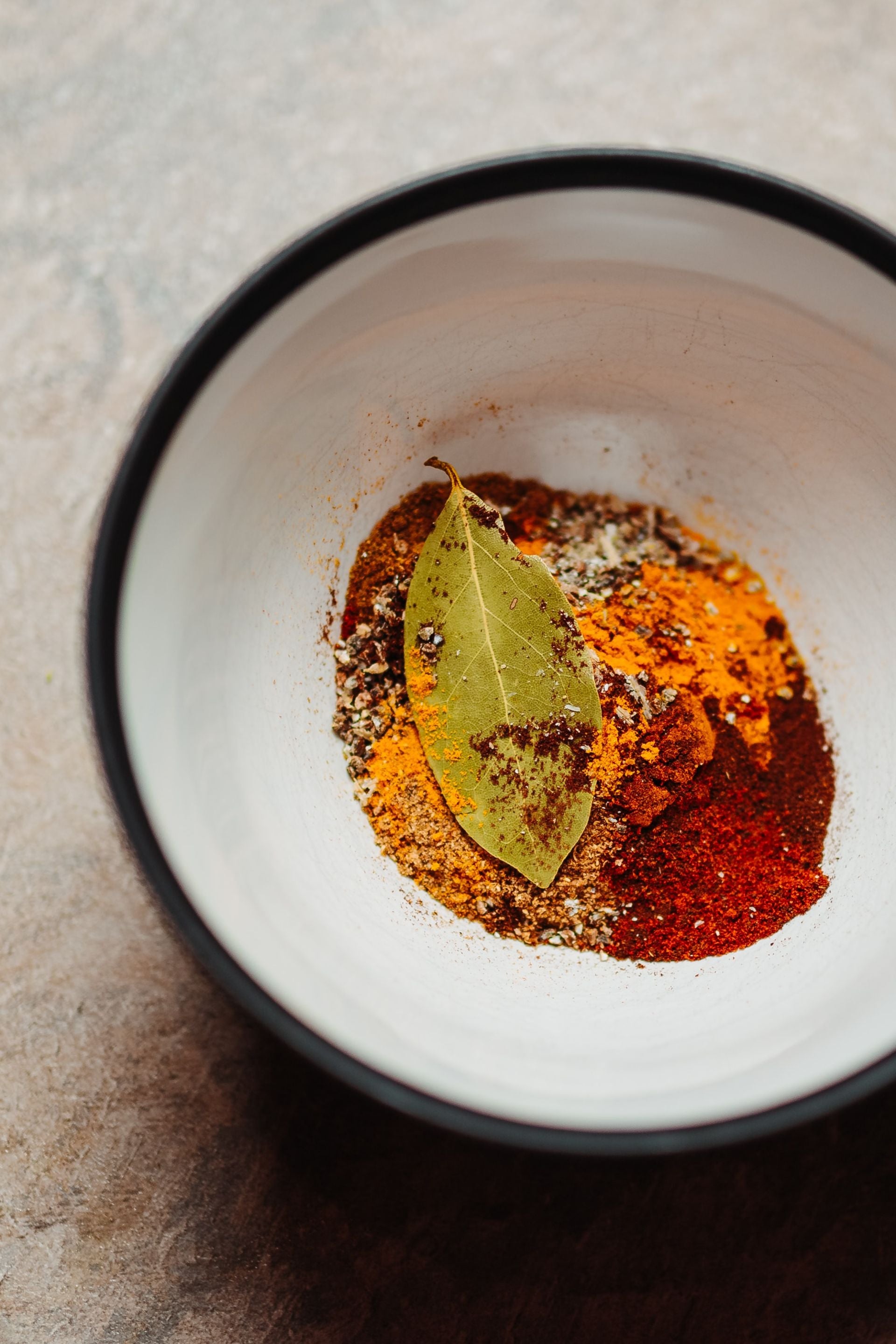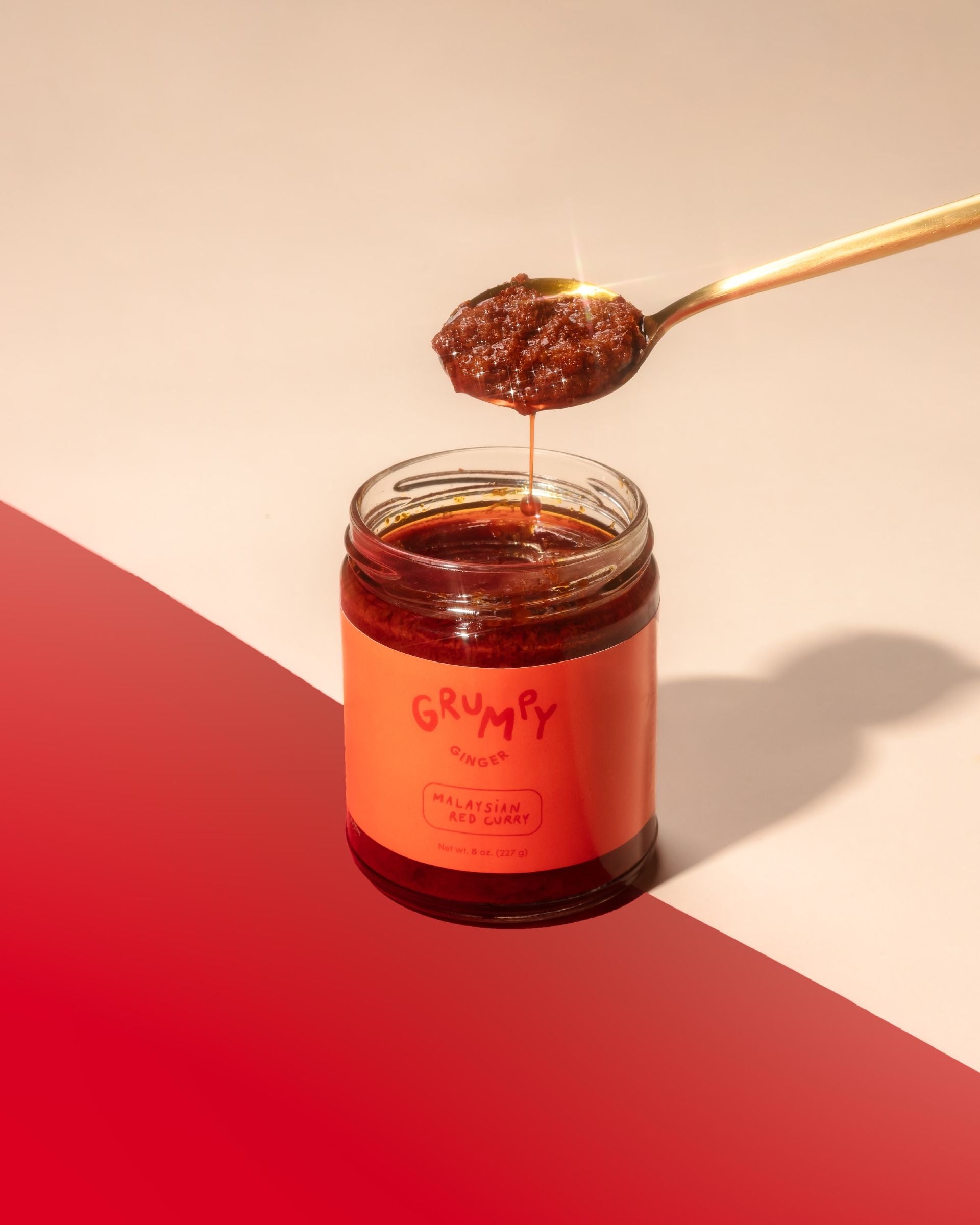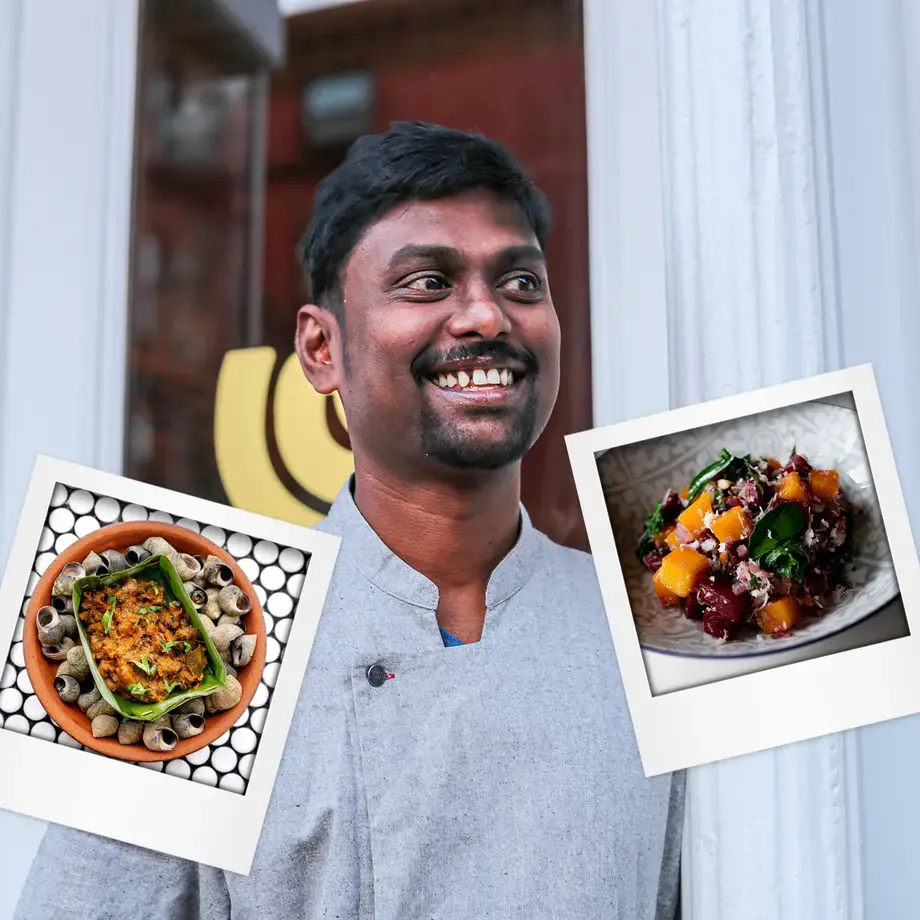Curry is the ubiquitious comfort food dish that's popular the world over, with most people having a favourite, whether it be a fire-breathing vindaloo or a fragrant and creamy Thai green curry. But when it comes to defining curry, things can get a little complicated. We take a closer look at this beloved dish.
What is curry?
The word 'curry' isn't a one stop shop and it can refer to many things, from the dishes to the spice blends used in those dishes - and even a specific curry plant. Some argue that curry is actually shorthand for a vast, complex food culture, and can't really just be described as a dish.
What does curry taste like?
Thanks to the blend of spices, curry can vary in flavour, from warm and earthy, to fiery and fragrant. The complexity of the spices can create a spectrum of flavours, from hot and sour, to mild and creamy.
Types of curry
Currry spans the cuisines of many countries, including India, Malaysia, Thailand, Vietman, Cambodia, Japan, Pakistan and Sri Lanka, and can range from hot and fiery, to fragrant and creamy.
Here are just a few of our favourite curry recipes, which highlight the sheer diversity of curry:
Indian curry
Mastering how to make a good Indian curry starts with knowing how to handle a set of spices to yield those warm, earthy and deep flavours, that keep you coming back for more.
Take a look at all our expert tips on how to perfect Indian curries.










